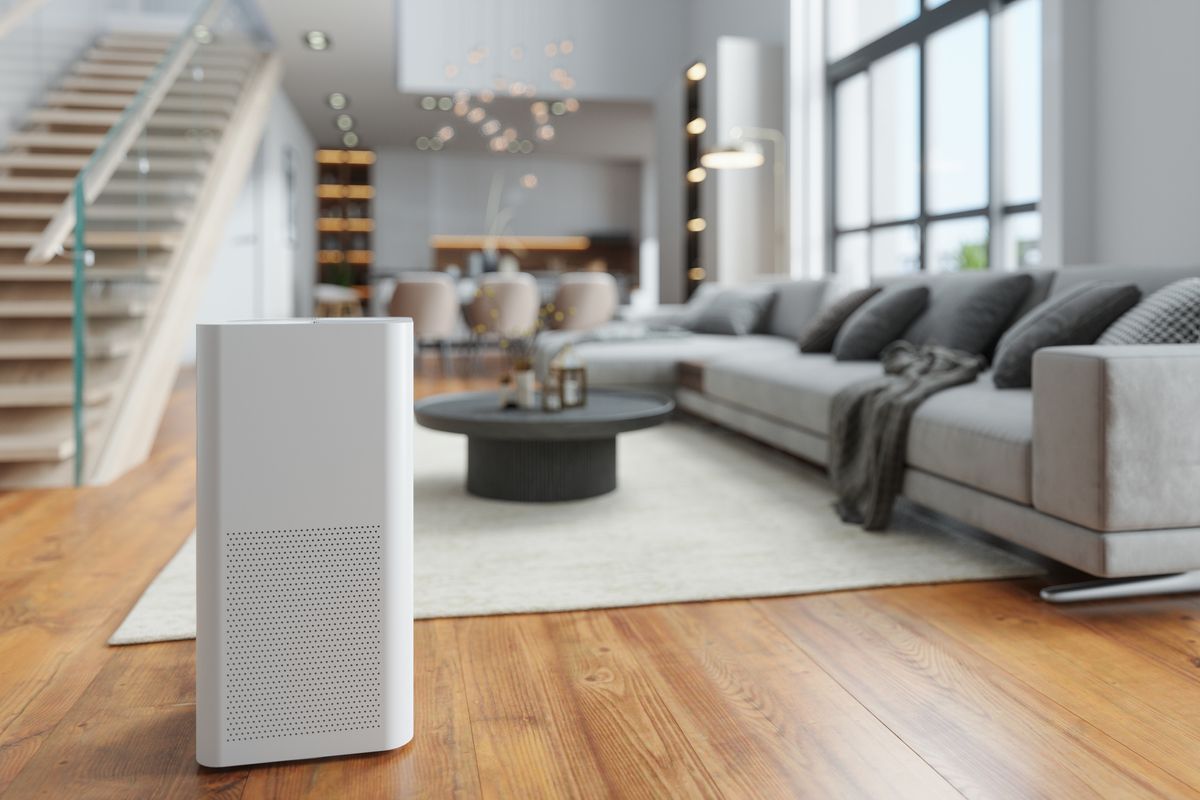Maintaining the right humidity level inside your home is essential—not just for comfort, but also for your health and the long-term condition of your house. But what exactly is the ideal indoor humidity level, and why does it matter?
Understanding Humidity and Its Importance
Humidity refers to the amount of water vapor present in the air. The ideal indoor humidity level typically falls between 40% and 60%. Staying within this range helps prevent problems associated with air that's too dry or too damp.
When indoor humidity is too high, it can create a breeding ground for mold, mildew, and dust mites. It may also make your living space feel stuffy and uncomfortable. Conversely, air that's too dry can irritate your skin and respiratory system and even cause damage to wooden furniture and flooring by making them crack or warp.
Absolute Humidity vs. Relative Humidity
To better understand indoor humidity, it's helpful to distinguish between absolute humidity and relative humidity:
Absolute humidity measures the actual amount of water vapor in the air.
Relative humidity is the percentage of moisture in the air relative to how much moisture the air can hold at a given temperature.
Because warm air can hold more moisture than cool air, relative humidity changes with temperature. This is why your home may feel more humid in summer even if the absolute moisture content hasn't changed.
Ideal Humidity Levels by Season
According to the U.S. Environmental Protection Agency (EPA), indoor humidity should generally stay between 30% and 50%. However, seasonal changes can make this difficult to maintain:
In winter, aim for a relative humidity level between 40% and 50% to counteract dry air caused by heating systems.
In summer, keep indoor humidity below 60% to improve comfort and reduce the risk of moisture-related issues like mold growth.
Tools for Measuring and Controlling Humidity
Maintaining ideal humidity starts with knowing your current levels. A hygrometer is a simple, affordable tool that measures indoor humidity. Depending on the readings, you may need:
A humidifier to add moisture during dry winter months
A dehumidifier to remove excess moisture during humid seasons
Better ventilation to help air circulate and keep moisture balanced
Managing Humidity: Quick Tips
To help manage indoor humidity effectively, consider the following:
Use a hygrometer to monitor humidity year-round.
Run humidifiers or dehumidifiers as needed based on the season and climate.
Ensure proper ventilation, especially in kitchens, bathrooms, and laundry areas where moisture tends to build up.
Balancing indoor humidity is about more than just comfort—it plays a vital role in preserving your home and protecting your health.
Need Help Managing Indoor Humidity?
If you're experiencing issues with indoor moisture or unsure how to balance your home's humidity levels, Estes Heating & Air Conditioning is here to help. Our experienced team can assess your indoor air quality and recommend personalized solutions to keep your home comfortable and healthy.
Contact Us Today
For expert help managing indoor humidity or to schedule a service visit, call 904-241-6727 or fill out our online form. Estes Heating & Air Conditioning proudly serves Jacksonville, FL, helping residents enjoy year-round comfort and peace of mind.

